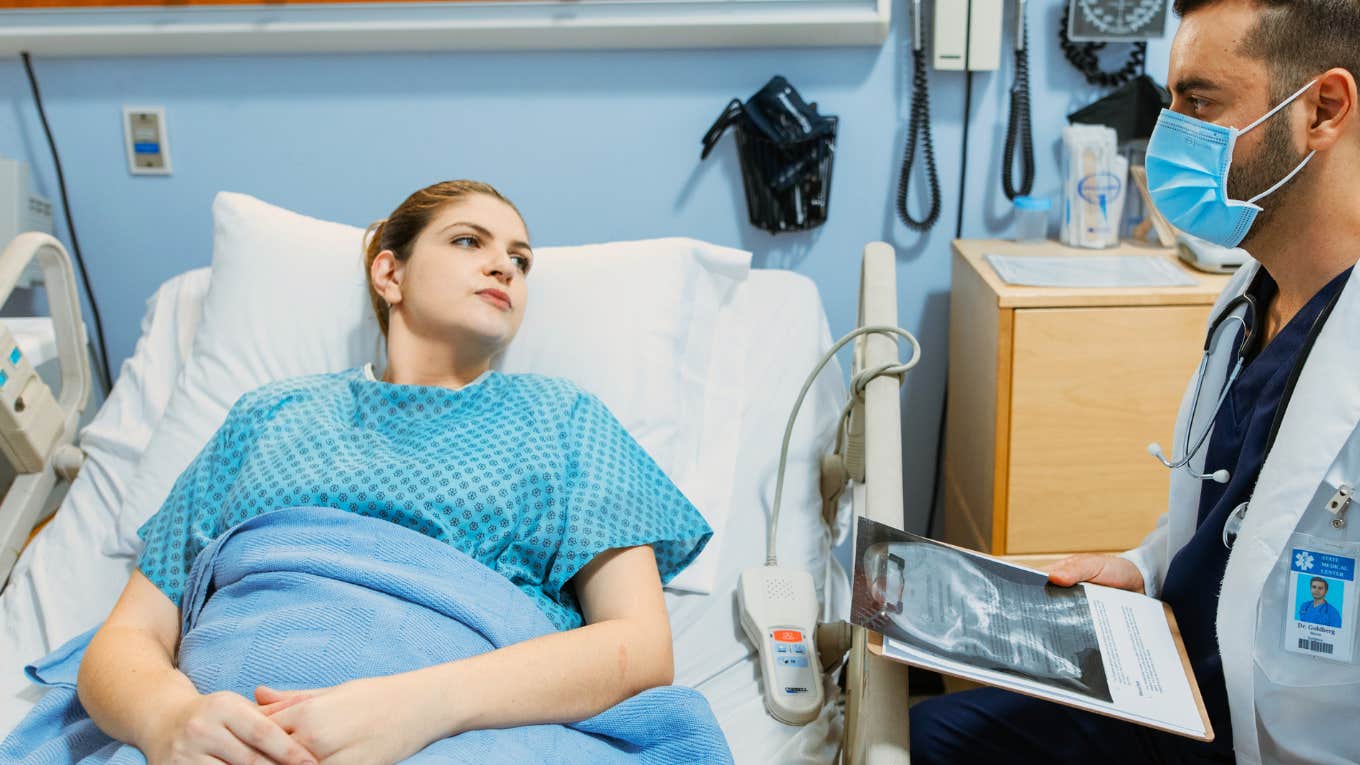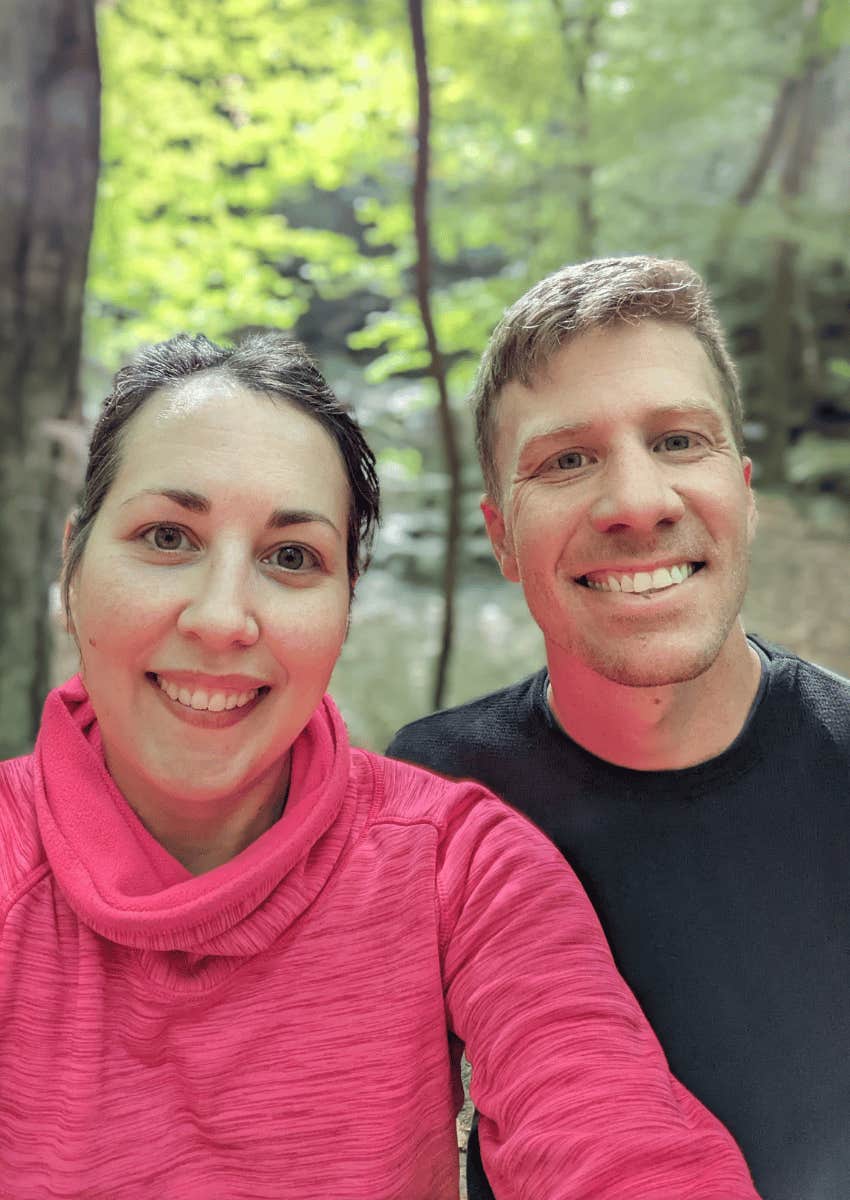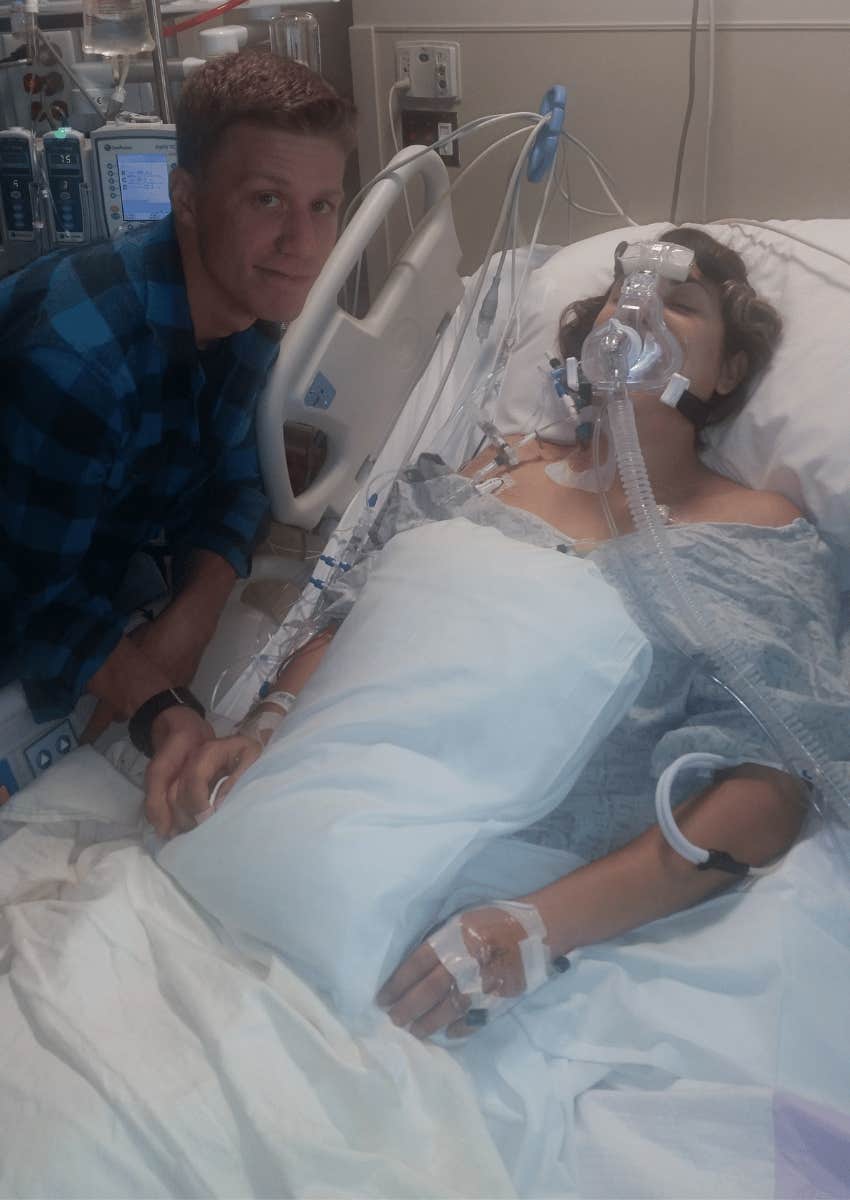I Was A Victim Of Medical Gaslighting — 'You Don't Look Sick'
Despite my mom’s insistence, a doctor refused to test for a condition he was convinced I didn't have.
 RDNE Stock project | Canva
RDNE Stock project | Canva I’ll never forget that first attack. I was a 16-year-old bookworm planning a healthcare career, with no concept yet of the lifetime’s worth of medical lessons I would learn firsthand — not as a nurse or doctor as I aspired to be, but as a patient.
Three days into 11th grade, I stayed home from school. I couldn’t stop vomiting. My mom was worried enough to take me to the emergency room, where I was admitted with possible appendicitis.
The medical staff ran a battery of tests that left them mystified. My mom suggested that I be tested for a rare genetic disease called porphyria, which had taken the life of my grandmother back in the ‘60s. The doctor asked if my mom had ever been tested for it, and she hadn’t. Therefore, we were told, it was not possible that I had it.
Despite my mom’s insistence, the doctor refused to test for the condition because porphyria is so rare.
I have blurred memories of lying in the hospital bed in the fetal position, terrified, exhausted, and racked with abdominal pain that the doctors didn’t want to treat because I was so young. My memories of this time are fragmented, but I’ll never forget my mother rushing to my room one morning with a panic-stricken look on her face: The World Trade Center had just been hit, she told me. I was so sick and disconnected from reality that day, I didn’t understand the gravity of what she had just said.
I thought that day would be my last on Earth. That was the day, September 11, 2001, that I had my first seizure. This time, my parents moved me to a bigger hospital three hours away from our home in rural New York.
 Photo from Author
Photo from Author
There, a specialist ran the proper tests and confirmed my mom’s suspicion: The genetic condition that took my grandmother’s life had now found me.
I was diagnosed with acute intermittent porphyria or AIP. Frankly, I was relieved to have a name for what was ailing me, even if it was one that I could barely pronounce.
The first two years after my diagnosis, the attacks came on once or twice a month, leading to hospitalizations of up to six weeks each time. They would always start the same way, with fatigue and pounding headaches, followed by feelings of aggression and irritability, then an aching and burning in my abdomen that felt like molten hands twisting my insides. Other symptoms included heaviness in my extremities and extreme sensitivity to light, sounds, and smell. I just wanted to sleep in a quiet, dark room forever.
Over the years, I’ve become somewhat of an expert in AIP. It’s a type of acute hepatic porphyria (AHP) – a family of rare genetic diseases characterized by potentially life-threatening attacks and, for some people like me, chronic debilitating symptoms that negatively impact daily functioning and quality of life.
There are 4 types of AHP: acute intermittent porphyria (AIP), hereditary coproporphyria, (HCP), variegate porphyria (VP), and ALAD-deficiency porphyria (ADP); with AIP being the most common type of AHP. AHP can affect people of any race, ethnicity, age, or gender; however, approximately 80% of people diagnosed with AHP are women, research says.
AHP is unpredictable and unforgiving and can disrupt everything from sleep to the ability to work and socialize. At its most serious, it can be life-threatening due to the possibility of paralysis and respiratory arrest during attacks. Such a wide array of symptoms and a lack of awareness of the disease can make diagnosis difficult.
After high school, my doctors figured out a disease management plan that reduced my attacks from 14 a year to between three and eight.
I applied to college on late admission and was accepted. It was a huge challenge, and I thought about giving up many times. Stress was a big trigger for me: I’d have attacks around midterms, finals, and large projects. But I am a fighter. I don’t accept failure, and I don’t give up. It took me six and a half years, but I graduated with a degree in community health.
Despite working with my healthcare team to manage my AIP, my health continued to decline, causing me to struggle emotionally, physically, and financially. I was persistent about trying to improve my health. Over the years, I saw many doctors but was often treated like a drug seeker, a hypochondriac, or someone with a mental illness. “You don’t look sick,” I was told time and time again.
In the fall of 2009, I moved to a new state, and this changed my life. I found an amazing hematologist and liver specialist. But just as important, I found Mike, my rock, my caregiver, and the love of my life.
 Photo from Author
Photo from Author
My disease had doomed past relationships. I lost friends because it was difficult to do things and satisfactorily explain to them why.
People my age were traveling, partying, and being carefree. I felt like a sick old lady, constantly worrying about the food I was eating and when the next attack was going to happen.
Romantic relationships ended quickly. Some men said my life was too hard. Some left because I’ve chosen not to have my children so as not to risk passing on this disease. I felt rejected and hurt because of things that were out of my control.
I was about ready to give up before I met Mike. He was 23, new to the military, and a bit of a party animal. When I told Mike about my disease, I’ll never forget his matter-of-fact response: “Well, everybody has baggage.”
I tried explaining the struggles he would face and the sacrifices he would have to make, but he jumped right in without hesitation. I was so blown away and still am. I know that being a patient is hard, but I think being a caregiver might be even harder.
The patient has no choice, but the caregiver does—and they choose to stay and help and support us. I’m so thankful for Mike and all the caregivers out there. Nobody should have to walk this path alone.
We bonded much faster and deeper because my condition forced us to have real conversations and show our real selves. We’ve been married for more than six years now, and Mike has seen me at my worst, even helping me through a partial liver transplant.
 Photo from Author
Photo from Author
Getting a liver transplant was a drastic procedure, and there were several complications during and after surgery, but I’m happy I did it.
It has helped me manage my AIP symptoms. I’m able to work, travel, and be the wife my husband deserves. I know this is not a feasible option for everyone, and I also know many people do not have the energy or ability to advocate for their health.
That’s why I share my story – because people living with rare diseases have such a hard time being heard. So, we must be our advocates. Nobody is going to be as passionate about changing your life as we are. So, keep fighting, even when things seem completely hopeless. There is hope, and there is help. Do not give up.
Heather McKinstry received an AIP diagnosis at age 16 and struggled for years to manage her symptoms as she experienced medical gaslighting from healthcare professionals. Today, she strives to empower others who may be struggling with a rare disease to never stop advocating for themselves during their health journeys.

